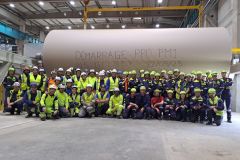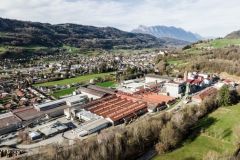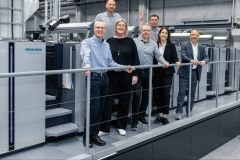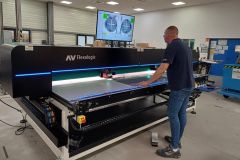The paper industry continues to reduce its environmental impact. The Sappi Group will invest ?10 million in its Kirkniemi mill in Lohja, Finland, to run on renewable bioenergy. With this investment, the site's fossil-based greenhouse gas emissions will be reduced by approximately 90%, or 230,000 tons of CO2 per year.
The Kirkniemi mill, one of ten mills in the Sappi Europe division, produces 750,000 tons of coated paper for magazines, brochures and catalogs. It is one of the last plants of the group in Europe to use coal for part of its energy.
In early 2023, the multi-fuel boiler in Kirkniemi built in 2015 will then run on woody biomass such as bark, sawdust and wood chips from the forest industry.
"By reducing our use of fossil fuels by switching to renewable energy, Kirkniemi Mill is increasingly becoming part of the solution to climate change." explains plant manager Martti Savelainen.
The South African paper manufacturer has set itself the target of reducing its greenhouse gas emissions emitted directly by the sites (i.e., the scope 1 category) and those induced by the consumption of energy used (scope 2) by 25% by 2025, and of increasing the share of renewable energy in Europe by 50%, compared with 2019.
Sappi Europe has ten production sites and is part of the Sappi Group, based in Johannesburg, South Africa, which employs 12,500 people and operates 19 production sites on three continents.








